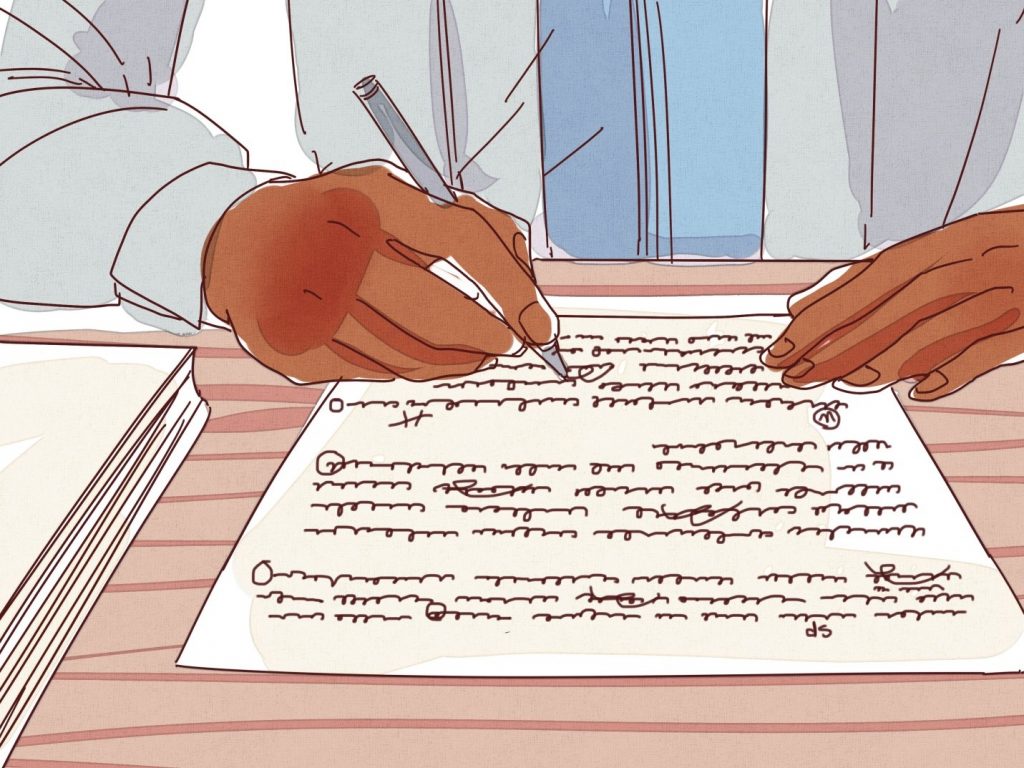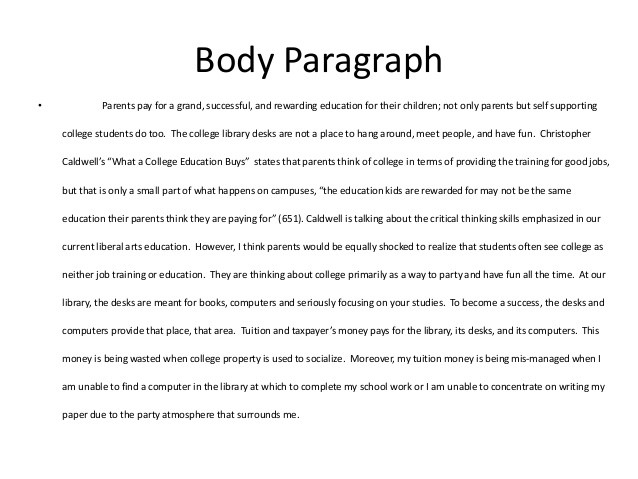Tips on Writing a Persuasive Internet Censorship Essay

Internet censorship essay can be looked at as a persuasive essay as the topic is pretty much open. You will first have to make a stand for or against the topic to win over your reader. It is your job as a writer to convince the reader beyond doubt to accept your point of view. To do this, you will have to do good research whereby you should keep the biasness of the reader in mind and have a solid understanding of both sides of the coin. A great persuasive essay shows the reasons for the correctness of the opinion of the writer and the reasons for the incorrectness of the opposing view. Persuasive writing has been widely used in relation to blogs, advertising, political speeches, and newspaper editorials. In most cases the assignments on persuasive writing as well as test prompts are concerned with contemporary issues such as internet censorship. The main aim of the persuasive essay is to convince or persuade the reader to think in a certain way which is your way.

- Prewriting Stage
This stage is very crucial where the writer needs to plan on every aspect of the essay. Choose a position and make sure the position has more points to argue out to avoid running out of points in the middle of the essay. Ensure you do an extensive research to make your essay as solid as possible. Avoid relying on one source and have a wide base of sources both primary and secondary where you will be able to get an insight of all sides of the topic.
- Draft the persuasive essay
Ensure the introduction has a strong hook that catches the attention of the reader. You can start your essay with an unusual statistic or fact, a quotation or question, or even an emphatic statement. The thesis statement should leave no doubts on the writer’s position where each body paragraph needs to cover a different point and the sentences of every paragraph must offer strong evidences. Ensure that you consider the different ways of making the argument inclusive of using an analogy, illustration, drawing comparisons with a hypothetical situation. Do not make assumptions that the reader has an in-depth knowledge of the issue. Write the essay as though you are in a debate where you would have to introduce your topic, list the evidences you have as well as draw a conclusion for the audience as a persuasive essay has the very same structure.
Write a conclusion that ties all your ideas together. At this point place emphasis on your thesis. You can either use a story or information discussed prior to give your conclusion a good stand. Again, the closing sentence should be captivating where it can be a question that provokes the thinking of readers or even recommendations that gives specific ideas to readers.
- Revise your essay
You should review your essay modifying and reorganizing it and try to make it to the best version it can be. Ensure that you confirm the following:
-If the essay presents a solid position of the issue and if it is supported by relevant quotes, examples, facts, and statistics.
-Check if the introduction has an intriguing hook that makes the reader want to read more.
-Whether each paragraph provides compelling evidence that aims at supporting the point.
-If the opposing sides are presented and convincingly invalidated.
-Check the sentence structure and the preciseness of word choice.
-If the concluding paragraph shows the position of the writer.
If you feel that the essay is missing the mark you can have another look of the thesis. When the thesis offers a strongly built argument as well as clearer adversarial viewpoint the rest of the essay will fall into place.
- Edit your essay and make a final copy
Proofread plus correct the grammatical errors as well as mechanics editing to improve the clarity and style. You will even get a fresh editing perspective when you ask your friend to read the essay.

 12.9K
12.9K 


